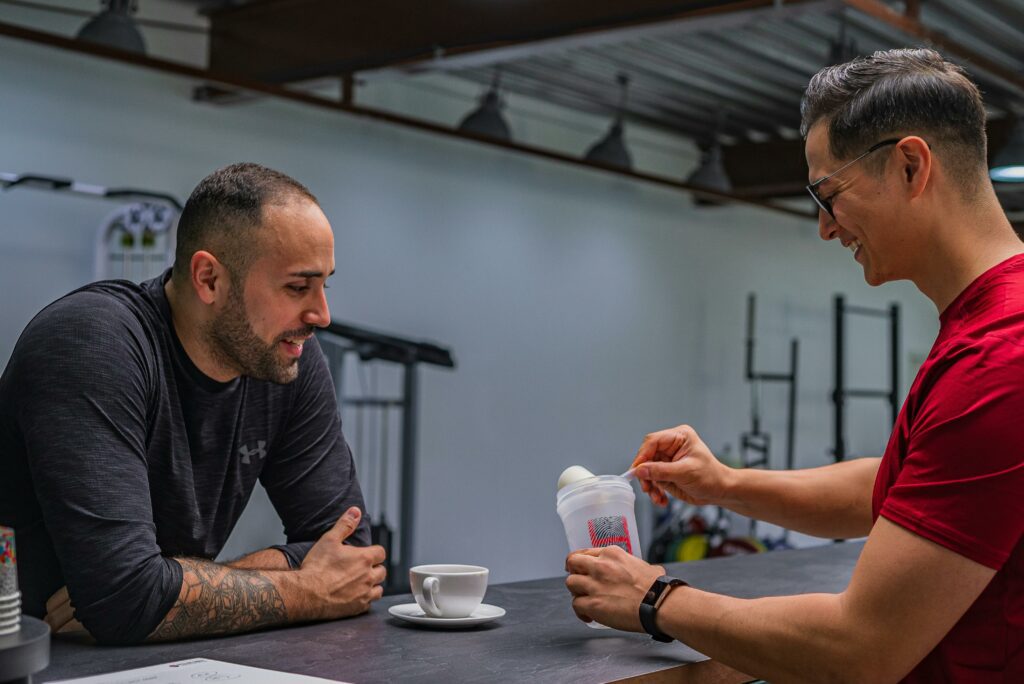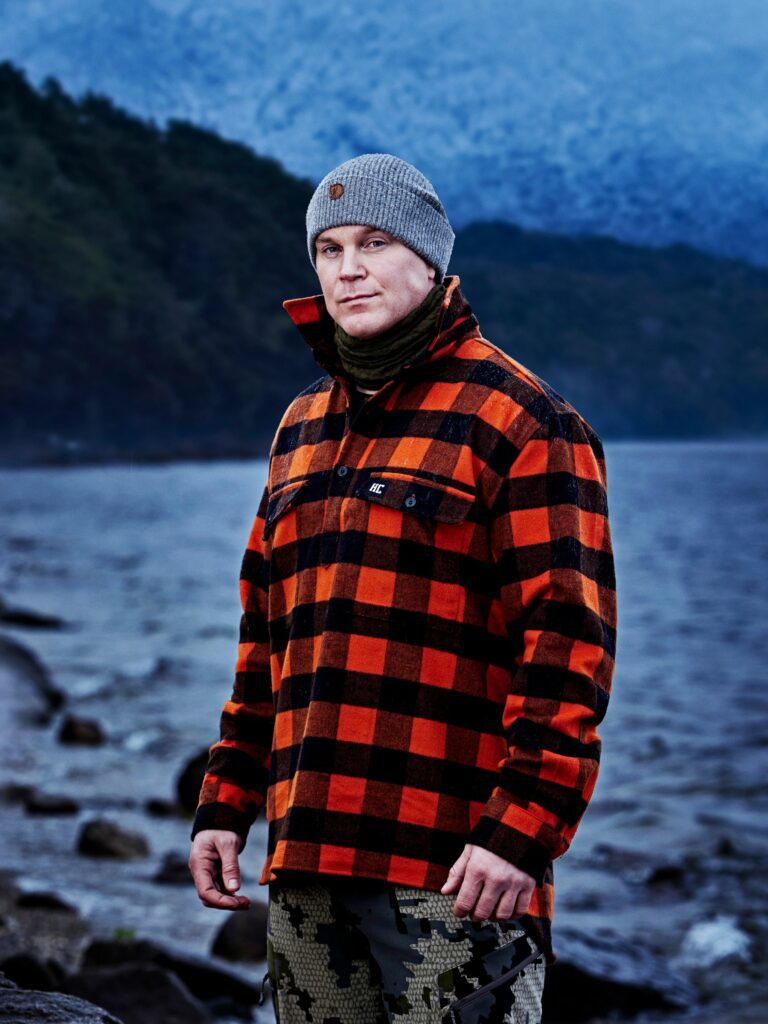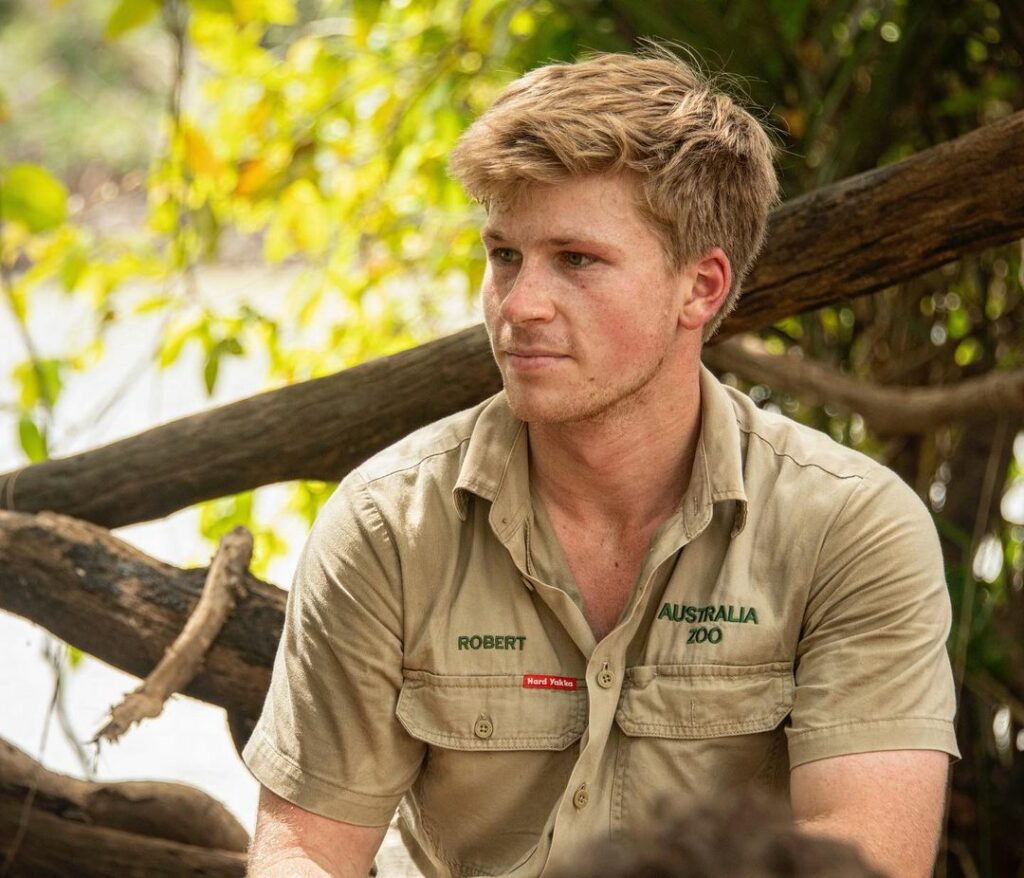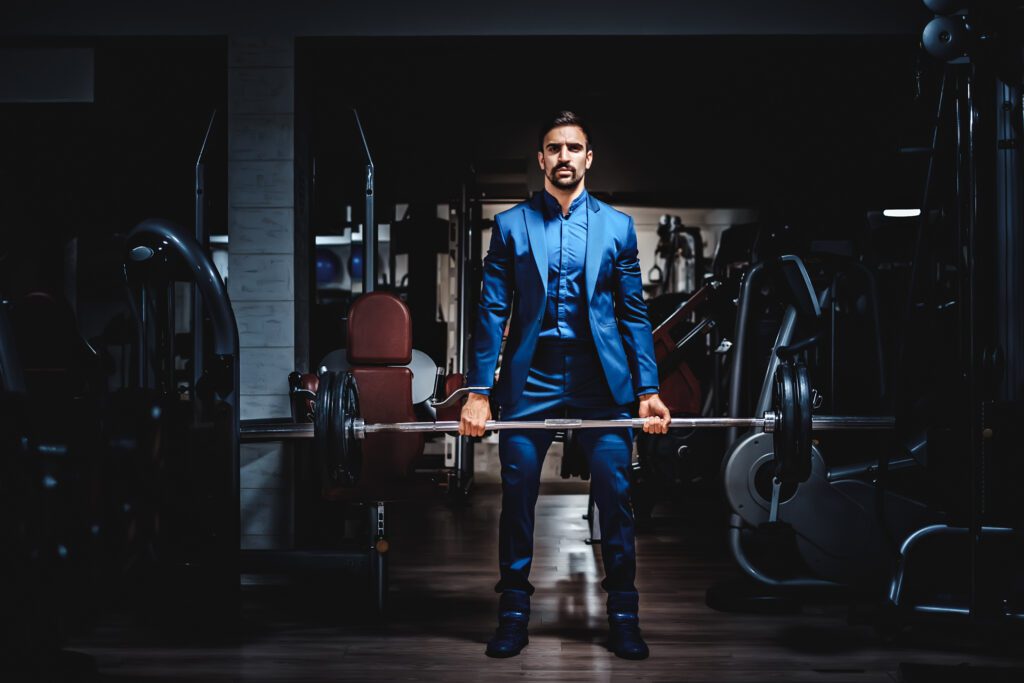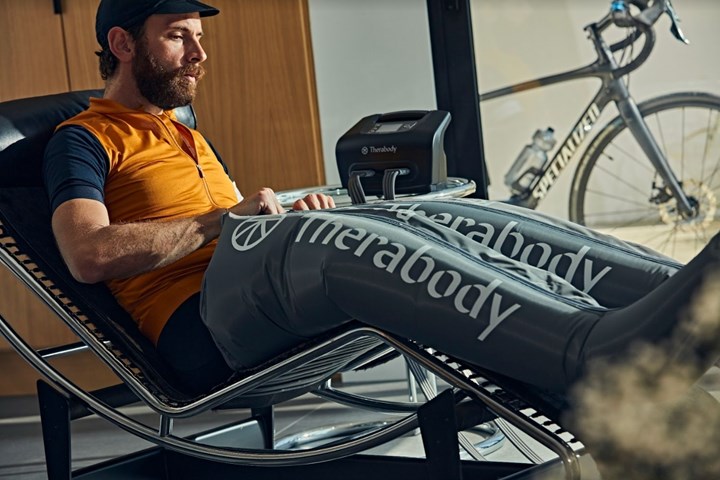Much has changed in the 15 years since Daniel Craig first took up the mantle of Bond. Yet, as evidenced by his rippling physique in No Time To Die – his final outing as 007 – two constants have prevailed: Craig’s unswerving dedication to hard work, and the fitness principles of his trainer, Simon Waterson.
If you grew up on a steady diet of quadrennially released James Bond films, not only were you fortunate, but you would have noticed the seismic shift in the most recent iteration of Ian Fleming’s superspy.
When Daniel Craig first signed on to play James Bond, for 2006’s Casino Royale, he had a vision for the fictional icon. He wanted Bond to become a weapon of mass destruction, rather than a cliché of mannered seduction; he wanted to embody a character that was agile and physically imposing, robust and resilient, one that could topple terrorist organisations on the strength of his physical skills, rather than Q’s ingenious gadgets.
It was an ambitious goal for a 37-year-actor who, unbeknownst to him, was about to embark on a marathon stint in Bond’s snug-fitting tux (and swim trunks), the longest by any actor in the coveted role. Attaining the body Craig envisaged for the character was never going to be easy; fortunately, he had just the right person in his corner. No, not Q or M, but rather the real-life trainer Simon Waterson. And 15 years and five films later, Craig looks as camera-ready as ever in the latest instalment of the Bond franchise, No Time To Die. Despite the pain involved in achieving that vision, the partnership between Craig and Waterson has evolved and strengthened as their bodies have become that little bit creakier with time.
Waterson’s background echoes that of Bond’s: a man forged in national service. He cut his fitness teeth playing a variety of sports in the British Armed Forces until, in 1998, something he wrote for this publication changed the course of his life.
“I contributed to a piece in Men’s Health about military fitness and military philosophy – how we train and get as fit as we do,” Waterson recalls from his London home. “I was asked to go in for an interview… and there was Pierce Brosnan.”
While Waterson admits the training for Brosnan, who played Bond in four films from 1995-2002, was “completely different to how it is now”, that unexpected meeting led to him becoming a go-to trainer for actors looking to get into shape. Following his stint with Brosnan, Waterson worked extensively in the action genre, with behind-the-scenes contributions to the Bourne, Mission: Impossible, Captain America and Guardians of the Galaxy franchises. It has been training Craig, however, that has delivered Waterson his most satisfying professional moments and memories.
Under Waterson’s guidance, Craig has brought a physicality to Bond that has allowed filmmakers to lean on stunning action sequences while rooting the narratives in realism. Gone are the cringeworthy soirees and CGI ice castles of the Bond films of yesteryear; Craig’s Bond can credibly sprint through urban landscapes, hurl himself from rooftops and use speed and strength to overcome any foe. Even Bond’s famous gadgets have taken a back seat as Craig’s athletic assets have rendered them obsolete. The new Bond’s greatest weapon: his body.
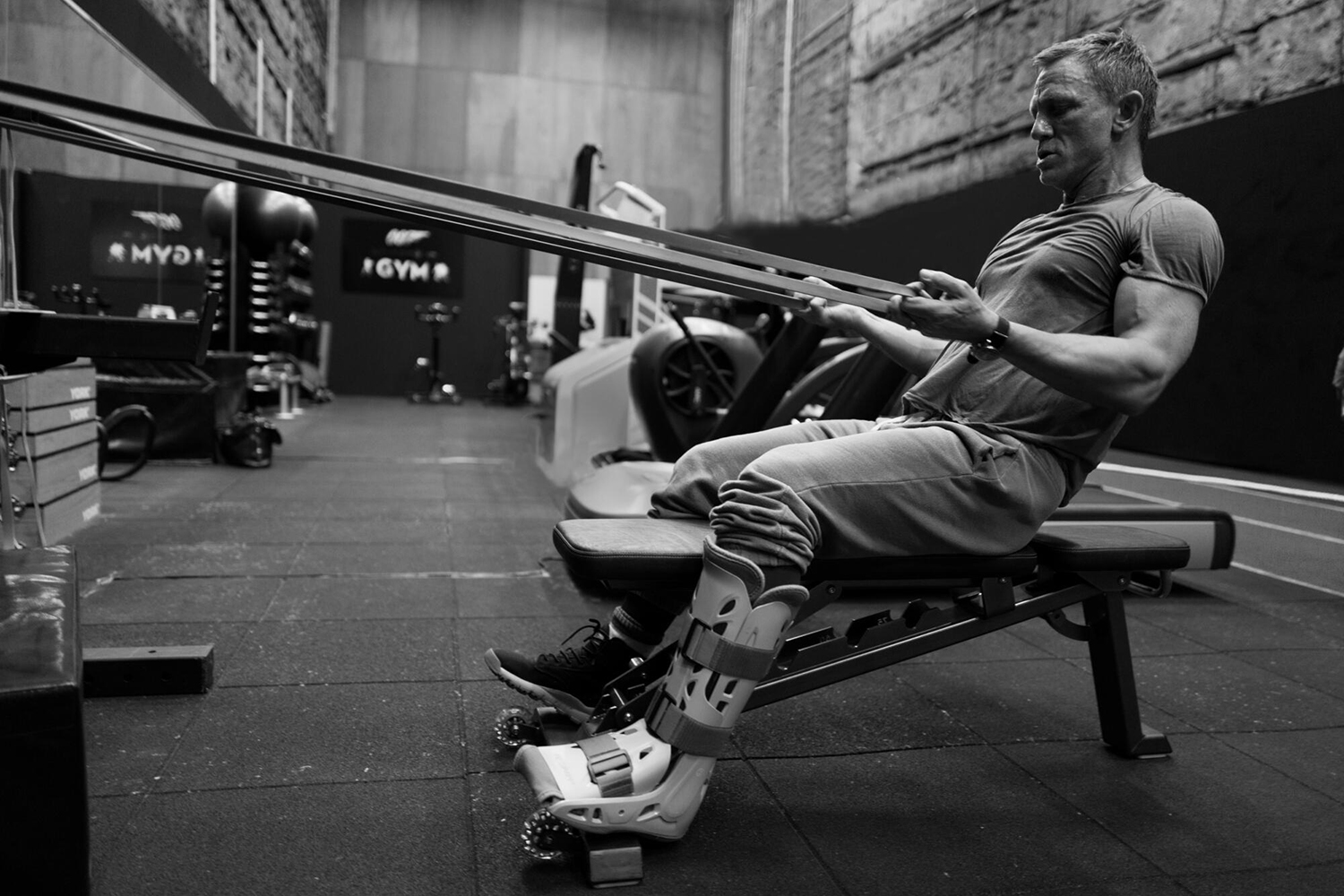
Image by: Greg Williams / AUGUST / Raven & Snow
ORIGIN STORY
When Waterson first took on his new client, Craig had great arms and a “a bit of chest”, enough to look good in a T-shirt and land him bit roles in Hollywood blockbusters. In Craig, Waterson says, he was dealing with a moderately health-conscious emerging movie star who laboured under the rookie mentality of training the muscles you can see in the mirror. “We’ve all been guilty of that, but it’s not very functional,” Waterson says. And it was never going to cut it for the new-era Bond.
To improve on Craig’s base and sculpt the body that was to define the actor’s star turn in Casino Royale, Waterson oversaw more than half a year’s training before filming commenced. First, he stripped Craig down with HIIT, before implementing a regimen based on running and traditional strength moves. As Bond himself would say, Well, I like to do things the old-fashioned way.
“We started off maybe eight months in advance, and built a basic foundation of cardiovascular fitness,” says Waterson. “Then we started adding a little bit of strength, and then we’d go to a little bit of relevance – break the script down, look at what’s going to be required, and then mimic those movements.” Top of the list: all-out, fleeing-from-fire sprinting.
THE LIFTING DAYLIGHTS
Stacking lean muscle onto Craig was a key goal for Waterson, and to accomplish this he employed a host of traditional bodybuilding techniques. Although he admits to experimenting occasionally when it comes to muscle-building, Waterson says that in his 20 years of sculpting camera-ready muscle, it’s the old school principles and methods that reign supreme. “We’ve tried to find these funky new ways of doing things, but it just comes back every single time that the best way is actually a lot of the old methods,” he says.
For Craig, this meant heavy compound lifts: deadlift, squat, bench press – supplemented with bodyweight movements like pull-ups and dips to target smaller muscle groups. In accordance with hypertrophy first principles, Waterson prescribed heavy weights and low reps for all sets post the warm-up.
Meanwhile, to maintain functionality and to give Bond an “explosivity” without forgoing muscle mass, Waterson relied on plyometric training – quick, powerful movements.
“Plyometrics was a staple in the military because it was all about getting out of that trench, running across ground, getting back into a trench,” Waterson says. “In film, the fitness required is completely different, so you have to be really inventive [in terms] of the conditioning you do.”
Waterson’s challenge has been to prepare Craig to perform very specific stunt sequences. “If he’s got to sprint and then be over a wall, then over a balustrade, then lie down on the floor, pick something up and then go into some fight choreography, I’ve got to try and condition that in the gym before he then takes it to the stunt room and then to the stage.” For Craig, this has meant
a lot of box jumps and burpees, as well as stunt-specific movements such as scaling walls.
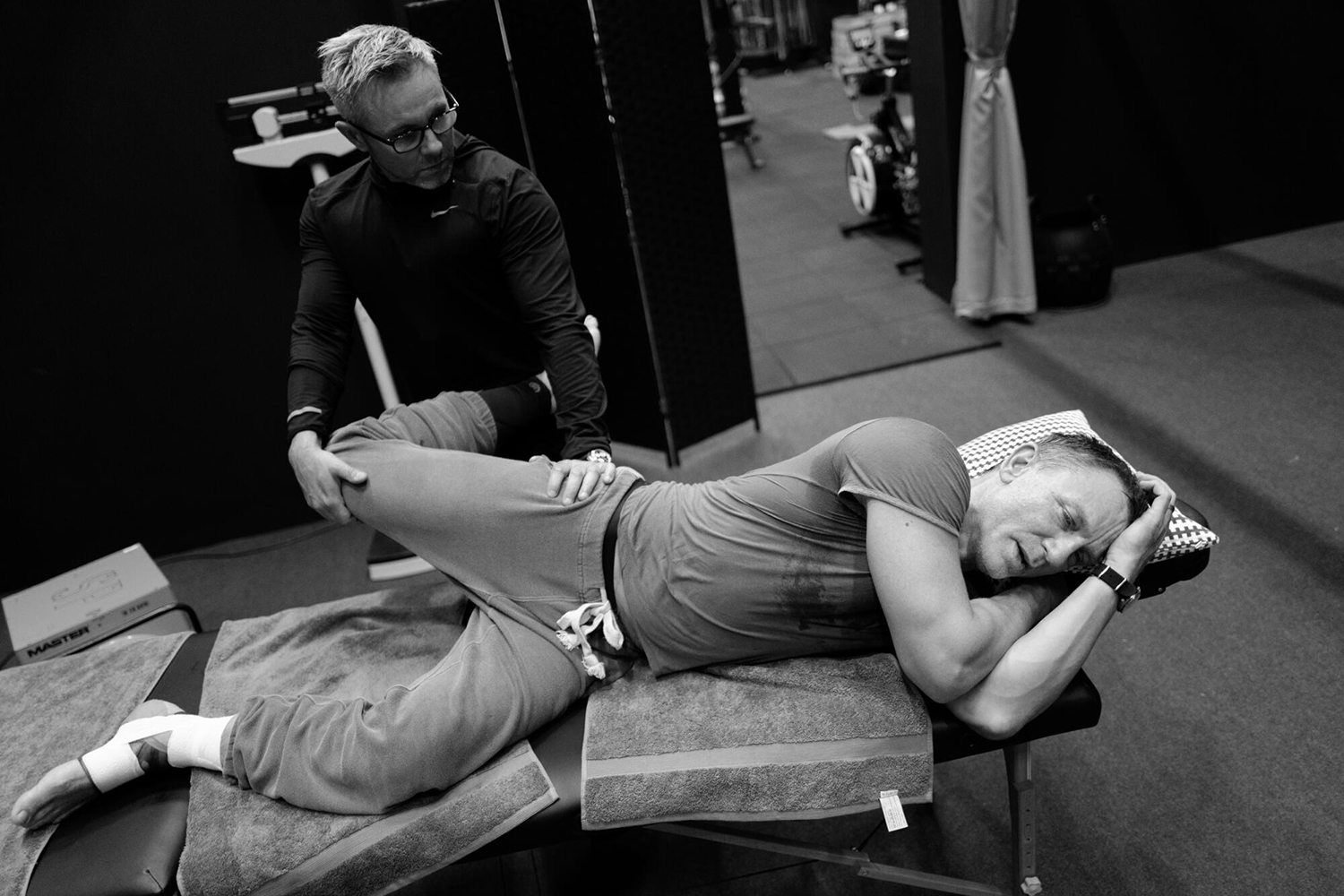
Image by: Greg Williams / AUGUST / Raven & Snow
THE GYM IS NOT ENOUGH
Getting Craig into the required condition has been a constant battle for both the actor and his trainer. Standards are sky high, given both the physicality of the character and what’s involved in making a cracking 007 film.
“We [as an audience] go to the movie and we sit there and we see it once,” says Waterson. “A chase scene can last six minutes, yet it probably took close on a month for the actor to [nail] it, working 10-12-hour days, and doing it time after time, after time, after time. Even behind the scenes, you need to be super-fit just to be able to film a movie like this.”
Craig’s Bond runs a lot (and not just away from relationship commitment). But fear not: chasing down a Bond-like physique doesn’t mean hours spent on the track or grinding out marathons. “We don’t really do longer distances,” reassures Waterson. “Five to six kays would be the maximum. Intervals are the biggest thing that he needed: it’s high intensity for a minute – or 90 seconds maximum – and then pause. But then he’d have to do it again.”
To chase down Bond speed, Waterson suggests finding a hill, and doing all-out efforts over 50-100m metres, walking pensively back to your starting point between repeats.
LIVE AND LET DIET
Time is threatening to be the greatest foe for Craig and Waterson – a force every bit as unstoppable as Blofeld himself. Waterson’s challenge has been to keep Craig at his peak as the actor has moved from his late 30s into his early 50s, a task that’s required constant adaptation and refinement, as well as expanded recovery protocols, which have included harnessing the power of diet.
“I think [Craig’s diet] has changed a lot over the years, just because of how our knowledge of nutrition has changed,” says Waterson. “We’re now using a whole host of anti-inflammatory protocols involving food, medicinal [treatments] and cryotherapy.”
Craig, a self-confessed foodie, has struggled at times to stay on track, so Waterson would employ themes to try to keep the food side of things fun and sustainable. “Monday would be vegan day because that would be a semi-detox from the weekend,” Waterson explains. “Tuesday would be pescatarian day. Wednesday would be white-meat day. Thursday we would go back to vegan, and then red meat on Friday, which worked well. And then the weekend would be doing what you wanted to do.”
On the set of No Time To Die, every day started with 20-30 minutes of stretching. “Every morning he’d come in, get in the trailer, and we would stretch and do a bit of soft-tissue work, just making sure we get ready for the day.”
While Craig is planning to hand in his PPK, Waterson’s desire to stay in film is strong. He wants to work with actors to immortalise the deeds of certain sporting greats, citing Tom Brady and Roger Federer biopics as potential projects. For now, though, he’s proud to look back on his years in Her Majesty’s Secret Service, where he helped set the benchmark for Bonds to come.
BUILT LIKE BOND
To carve your own 007 body, Waterson recommends combining traditional strength training with sprints. Your mission: perform 10 reps of each move, resting for 90 seconds between each; do 3 rounds. Use loads that feel heavy but allow you to perform all reps with good form

1. Clean and Press
Squat with a straight back and grab the barbell with an overhand grip. In one swift movement, lift the barbell to your shoulders and sink back down into a squat. Push up through your heels and extend your arms to press the barbell above your head. Lower safely to your shoulders and drop back to the floor while maintaining a straight back.

2. Hanging Twisting Knee Raise
Grab a chin-up bar and lower yourself into a dead hang. Tense your core and raise your legs across your body to the left until your thighs are perpendicular to your torso. Pause, then lower. Repeat for the right side. That’s one rep.

3. Barbell Step-Up
Stand with a barbell balanced on your shoulders behind your neck. Place your right foot onto the elevated platform and push through your heel to lift yourself up and place your left foot on the platform. Step back down with your right foot, concentrating on flexing your hip and the knee of your left leg. Repeat all your reps on one side, then swap legs.
Finisher: The weights done, it’s time to get mobile. Perform five sprints of 45 seconds, resting for 15 seconds between efforts. You should be gassed by the end.









